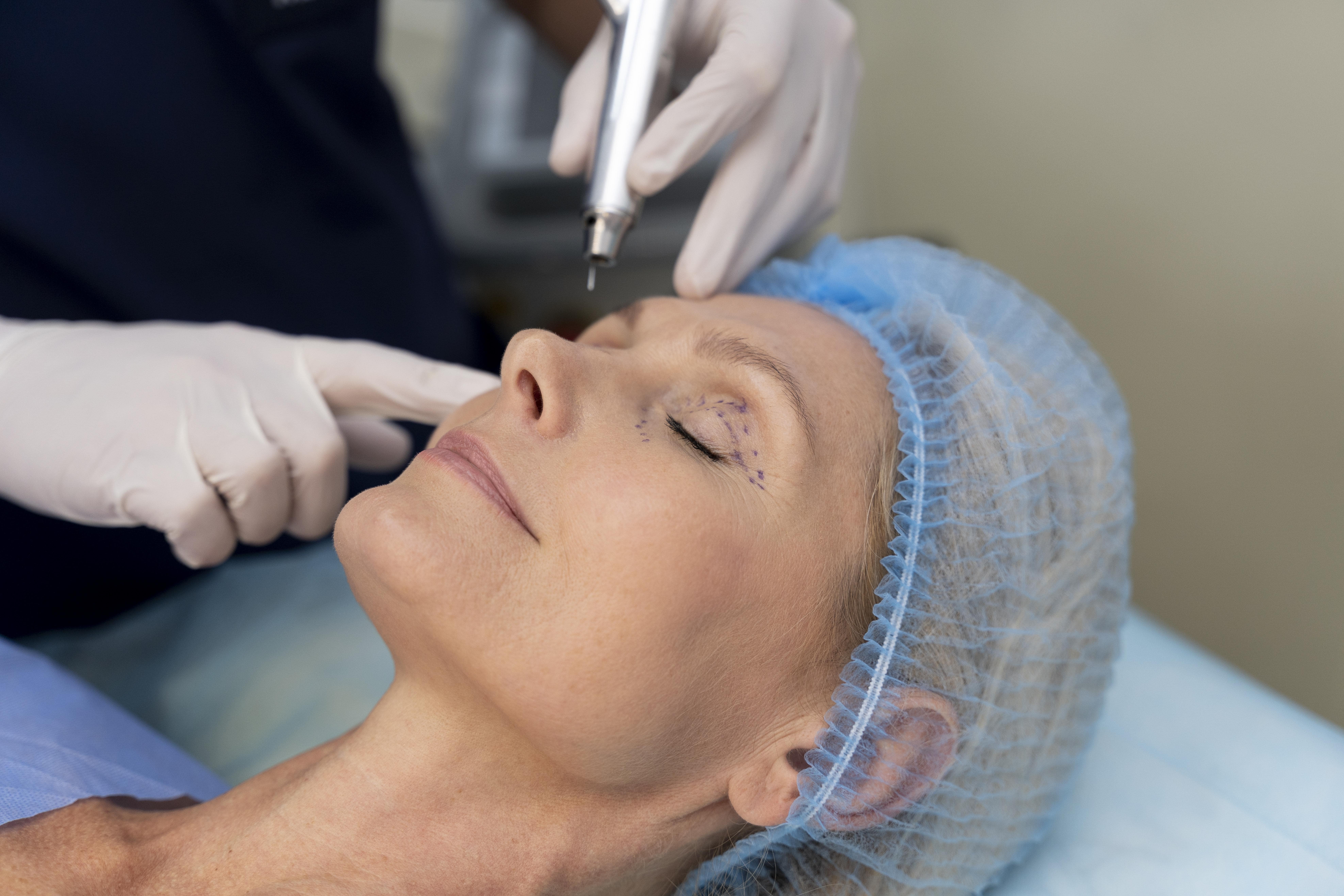The Art and Science of Blepharoplasty: A Comprehensive Guide
What is Blepharoplasty?
Blepharoplasty is a surgical procedure designed to improve the appearance of the eyelids. It can be performed on the upper eyelids, lower eyelids, or both, depending on the patient's specific concerns. The primary goals of blepharoplasty are to remove excess skin, fat, and muscle, as well as to tighten the surrounding tissues, resulting in a more youthful and refreshed look.
Indications for Blepharoplasty
1. Drooping or Sagging Upper Eyelids:
As we age, the skin of the upper eyelids can lose its elasticity, causing it to sag. This can lead to a tired or heavy appearance.
2. Puffy Lower Eyelids:
The lower eyelids may develop puffiness due to the accumulation of excess fat, giving the eyes a tired or aged appearance.
3. Excess Skin and Wrinkles:
Fine lines, wrinkles, and loose skin around the eyes can contribute to a worn or aged look.
The Artistry of Blepharoplasty
1. Customization:
A skilled plastic surgeon approaches each blepharoplasty procedure with a tailored approach. The surgery is customized to address the unique needs and aesthetic goals of the patient, ensuring natural-looking results.
2. Preservation of Function:
The art of blepharoplasty lies not only in enhancing aesthetics but also in preserving the function of the eyelids. Surgeons are careful not to remove too much tissue, which could compromise the ability to blink and protect the eye.
The Science Behind Blepharoplasty
1. Surgical Technique:
Blepharoplasty is typically performed under local anesthesia with sedation or general anesthesia. Incisions are strategically placed within the natural creases of the eyelids to minimize visible scarring.
2. Tissue Removal and Repositioning:
Excess skin, fat, and muscle are carefully excised and repositioned to create a smoother and more youthful contour.
3. Incision Closure:
Sutures are used to close the incisions, and patients are provided with post-operative care instructions to ensure proper healing.
Recovery and Considerations
Following blepharoplasty, patients may experience some swelling and bruising, which usually subsides within a few weeks. It's essential to follow post-operative care guidelines provided by the surgeon, which may include applying cold compresses, avoiding strenuous activities, and protecting the eyes from sunlight.
Conclusion
Blepharoplasty is both an art and a science, with the primary goal of enhancing the appearance of the eyes while maintaining their essential function. It's a procedure that requires careful consideration, consultation with a skilled plastic surgeon, and realistic expectations. When performed by a qualified and experienced surgeon, blepharoplasty can yield transformative results, helping individuals regain confidence and a more youthful look.
For more information contact with Hygia Med !
www.hygiamed.com.tr












